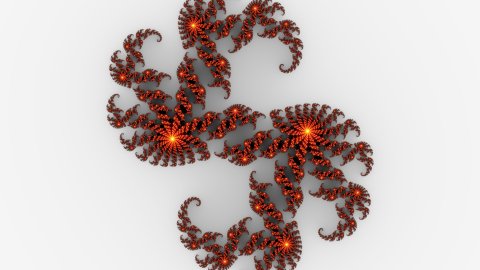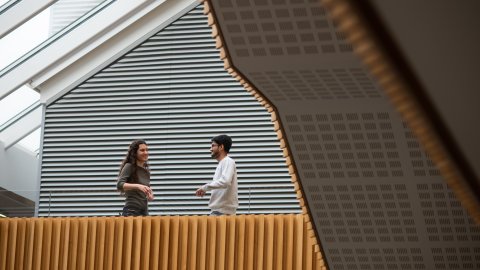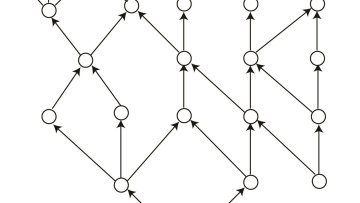15:30
Cross ratios on cube complexes and length-spectrum rigidity
Abstract
A conjecture from the '80s claims that the isometry type of a closed, negatively curved Riemannian manifold should be uniquely determined by the lengths of its closed geodesics. By work of Otal, this is essentially equivalent to the problem of extending cross-ratio preserving maps between Gromov boundaries of simply connected, negatively curved manifolds. Progress on the conjecture has been remarkably slow, with only the 2-dimensional and locally symmetric cases having been solved so far (Otal '90 and Hamenstädt '99).
Still, it is natural to try leaving the world of manifolds and address the conjecture in the general context of non-positively curved metric spaces. We restrict to the class of CAT(0) cube complexes, as their geometry is both rich and well-understood. We introduce a new notion of cross ratio on their horoboundary and use it to provide a full answer to the conjecture in this setting. More precisely, we show that essential, hyperplane-essential cubulations of Gromov-hyperbolic groups are completely determined by their combinatorial length functions. One can also consider non-proper non-cocompact actions of non-hyperbolic groups, as long as the cube complexes are irreducible and have no free faces.
Joint work with J. Beyrer and M. Incerti-Medici.




